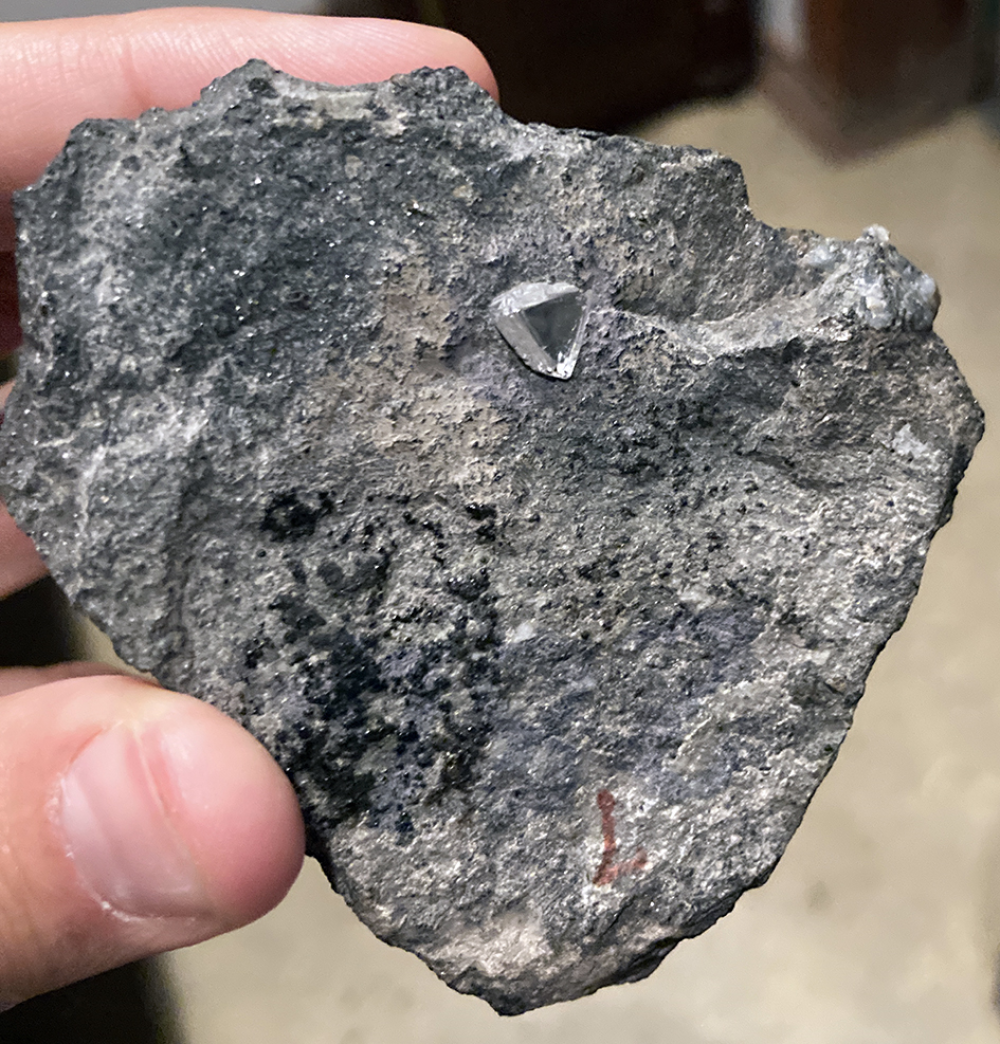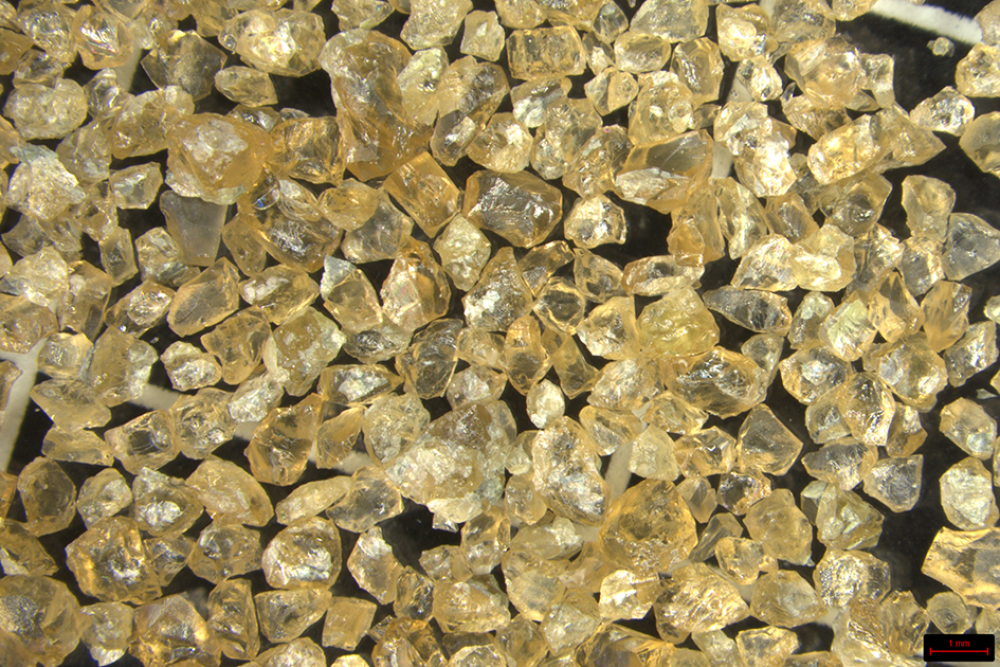Finding diamonds is notoriously difficult, but a new discovery may have just made it that little bit easier. Research has shown that a much less sought-after gem contains clues that can tell us if diamonds are likely to be nearby, and it could speed up the process of finding them.
“Diamond producers sometimes wish they were mining gold, copper or some other raw material, because nothing is as complicated as finding and mining diamonds,” says Andrea Giuliani, Senior Scientist at ETH Zurich’s Institute of Geochemistry and Petrology, in a statement. “There’s no method that guarantees that you will find diamonds.”
Rotten luck that humans have decided we want so many of them, then, but the pursuit of diamonds has turned up all kinds of interesting science. We’ve already worked out that diamonds are only ever found where a mineral called kimberlite is found, but that isn’t even half the struggle.
“Just looking for a kimberlite is like looking for a needle in a haystack,” Giuliani explained. “Once you’ve found it, then the arduous search for diamonds really gets underway.”

A diamond sticking out of kimberlite like this is considered a rare find.
Image credit: ETH Zurich, Andrea Giuliani
Now, it seems another mineral may have sped up the process as it’s been discovered that there’s a connection between olivine and diamonds. Olivine makes up around half of kimberlite rock, and it contains varying concentrations of magnesium and iron. It’s the composition of olivine that is crucial here, because it seems that olivine that’s packing more magnesium than iron is a good sign for diamond miners.
For olivine to be high in iron, melt has to penetrate the mantle, altering the composition of the rocks and wiping out diamonds in the process. Olivine that’s low in iron and higher in magnesium hasn’t undergone this geological process (known as metasomatism), and so the diamonds survive.
So, high iron? You’re probably out of luck, bud. But high magnesium? You’re in diamond country, baby.
De Beers provided the study with financial support and kimberlite samples, so they got early access to the results and are already using olivine analysis.

Pieces of olivine separated from kimberlite.
Image credit: ETH Zurich, Andrea Giuliani
“Our study shows that diamonds remain intact only when kimberlites entrain mantle fragments on their way up that haven’t extensively interacted with previous melt,” Giuliani concluded. “The great thing about this new method is not only that it’s simpler, but also that it finally allows us understand why the previous methods worked.”
The study is published in Nature Communications.
Source Link: Finding Diamonds Just Got Easier Thanks To A New Discovery